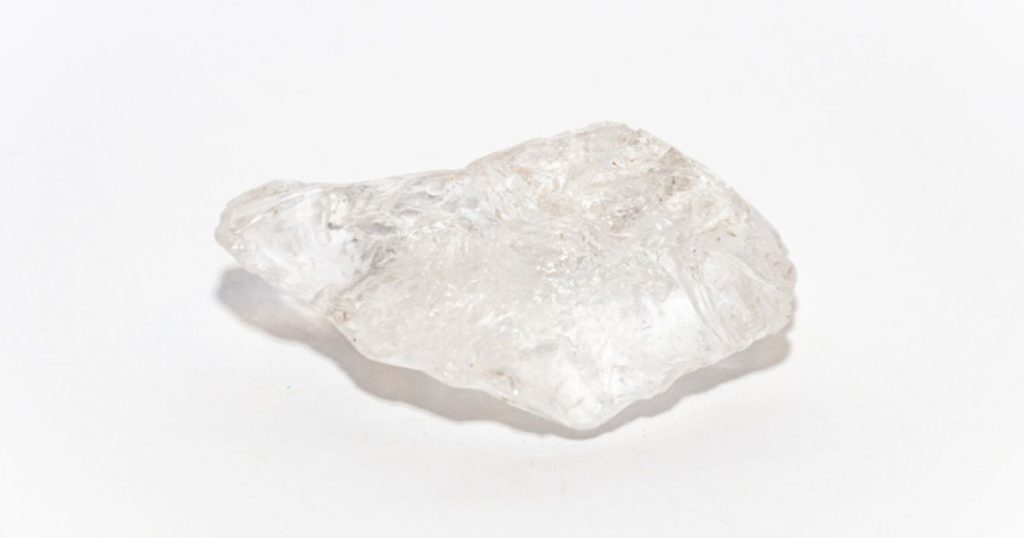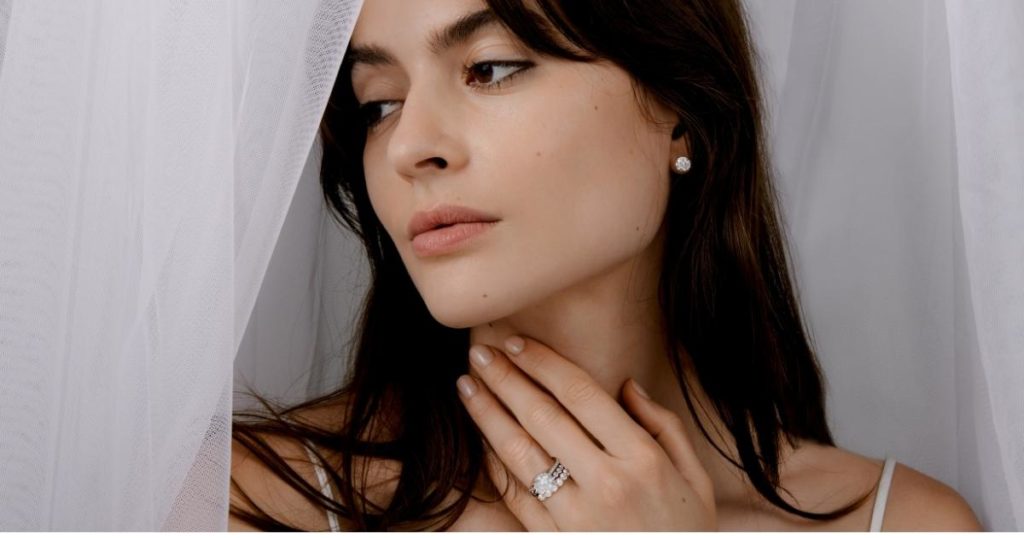Are you in the market for the perfect diamond engagement ring or simply curious about diamonds? Understanding the many types of diamonds can be daunting as there is a lot of information available on the subject.
To help you choose the perfect diamond for that special someone, we have created a helpful guide to introduce you to the different types of diamonds!
Types of Diamonds by Categories
It is a common belief that diamonds come from coal, but that is simply a myth. Yet, it is possible for them to contain other chemical elements such as boron and nitrogen. These elements can alter a diamond in significant ways, leading to the creation of different types of diamonds.

Scientists in the diamond industry have created 4 different categories to easily classify diamonds based on their chemical impurities.
Type Ia Diamonds
Type Ia diamonds, also known as “cape” diamonds, account for nearly 95% of natural diamonds. Their color ranges from near-colorless to light yellow. Their structure consists of nitrogen atoms bonded tightly together.
Type Ib Diamonds
Type Ib diamonds, also known as “Canary” diamonds, are extremely rare. The nitrogen atoms in these diamonds are spread out instead of being grouped closely together, which causes the intense yellow color often associated with this diamond. Most fancy colored diamonds available for purchase are Type Ib diamonds.
Type IIa Diamonds
Type IIa diamonds, also known as “Golconda” diamonds, are usually colorless due to the absence of any nitrogen or boron. A Type IIa diamond is the purest and often the most desired diamond type.
Type IIb Diamonds
Type IIb diamonds have high amounts of boron, which causes the light blue and grey colors that Type IIb diamonds are known for.
Types of Diamonds by Condition
Another way diamonds can be differentiated is by whether or not their natural features have been removed
Natural Diamonds

Natural diamonds form deep beneath the surface of the Earth, where they get their distinct features and strange shapes. No two natural diamonds are created equally, each is one of a kind.
Treated Diamonds

Treated diamonds are what most people think of when they hear the word “Diamond”. These are natural diamonds that have been fixed up to look elegant and stunning.
Types of Diamonds by Color
One of the best ways to personalize your diamond and make it truly yours is by choosing a natural colored diamond color that matches your personality or that of the wearer. Some of the more popular colors to choose from are
Blue Diamonds

The color of blue diamonds is determined by how much boron is in the diamond. A blue diamond represents elegance and promotes calmness and trust in its wearer.
Black Diamonds

Black diamonds have graphite in them, as well as nitrogen or hydrogen. A black diamond symbolizes power and gives its wearer greater strength in the face of adversity.
Yellow Diamonds

Yellow diamonds have nitrogen spread throughout them, giving them their unique yellow color. A yellow diamond represents joy, happiness, and creativity.
Brown Diamonds

Brown diamonds also have nitrogen in them but their structure is different from yellow diamonds, hence the variation in color. A brown diamond is perfect for those with a grounded personality.
Green Diamonds

Green diamonds are the result of exposure to radiation. A green diamond symbolizes nature and prosperity, perfect for a nurturing soul.
Pink Diamonds

Pink diamonds do not have any other elements in them. Their color is due to a unique structure not found in other diamonds that alters the light reflected. Pink diamonds represent love, romance, feminity, and creativity.
Colorless Diamonds

A colorless diamond reflects the most amount of light and shines the brightest. The main characteristic of colorless diamonds is their transparency. This diamond type is perfect for those looking for a timeless classic sure to impress everyone.
Types of Diamonds by Origin
Not all diamonds originate from the same place. Their source can vary – along with their impact on the environment and the lives of people.
Mined Diamonds
Mining – the traditional method for producing diamonds – uses heavy machinery, explosives, hydraulic equipment, and other harsh methods to dig deep below the surface and extract the gems from the earth.
Lab grown Diamonds

“Grown” inside a lab using cutting-edge technology, a lab created diamond replicates the natural diamond growing process, with a result that is chemically, physically, and optically the same as those grown beneath the Earth’s surface.
A lab grown diamond offers the same clarity and quality as mined ones but is created in a way that is more sustainable and eco-friendly in the long term for the environment.
Environmental Impact by Types of Diamonds
One of the areas where mined and lab-grown diamonds differ is their environmental impact. According to a recent study from Frost & Sullivan, for every mined diamond carat
- It disturbs nearly 100 sq ft of land
- Creates almost 6000 lbs of mineral waste
- Consumes more than 126 gallons of water
- Use 538.5 million joules of energy
- Produces 125 pounds of carbon waste and 30 pounds of Sulphur oxide
- Mined diamonds result in 1 injury for every 1,000 workers annually and cause an average of 4.5 environmental incidents per year
On the other hand, man made diamonds produce minimal waste compared to mined diamonds

- Use 250 million joules of energy, a 215.4% reduction. Additionally, most of the energy used in creating a lab-grown diamond is renewable
- Lab grown diamonds emit just 6 pounds of carbon – a mere 4.8 percent of what mined diamonds produce – and absolutely no Sulphur oxide
- In total, air emissions on a single carat of mined diamond are 1.5 billion times higher than those of a lab-grown one.
- The production of man made diamonds harms no one
- No environmental incidents to date
The Experts in All Types of Diamonds

Lab grown diamonds make for gorgeous engagement rings and diamond jewelry – at a fraction of the cost of traditional diamonds and with substantially less environmental impact.
Our team of diamond experts is here to help you browse our extensive selection of diamond types. We are eager to help you find the right diamond for the perfect engagement ring.
Schedule a virtual appointment with one of our jewelry experts or find a showroom near you today!



